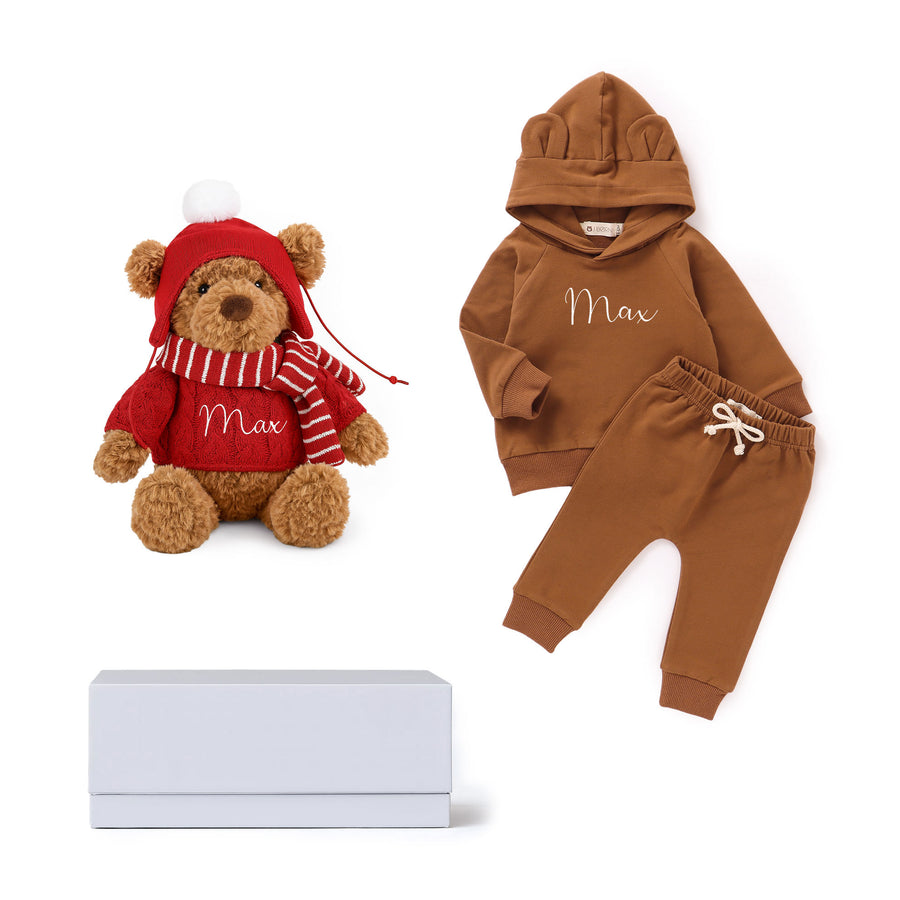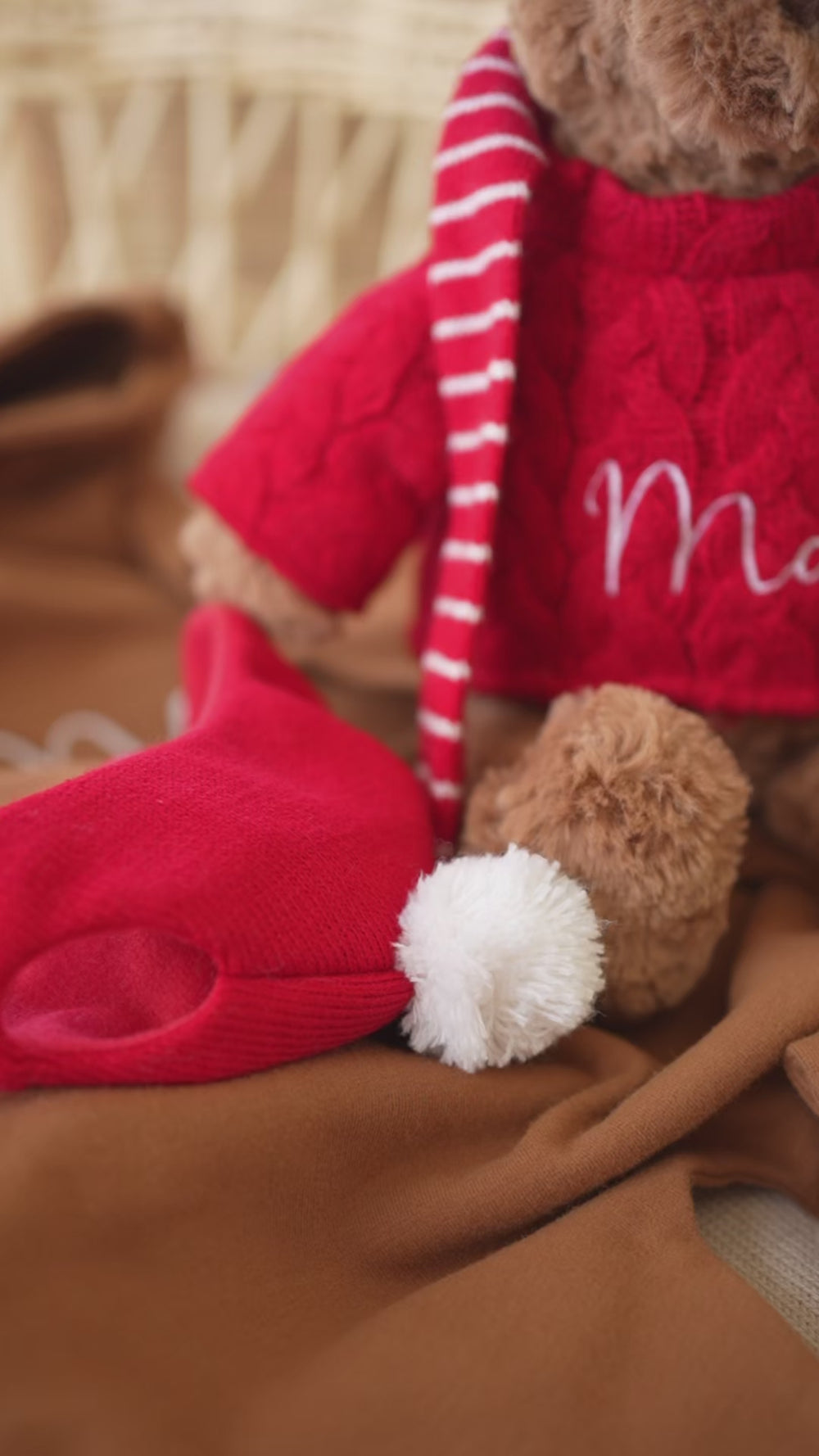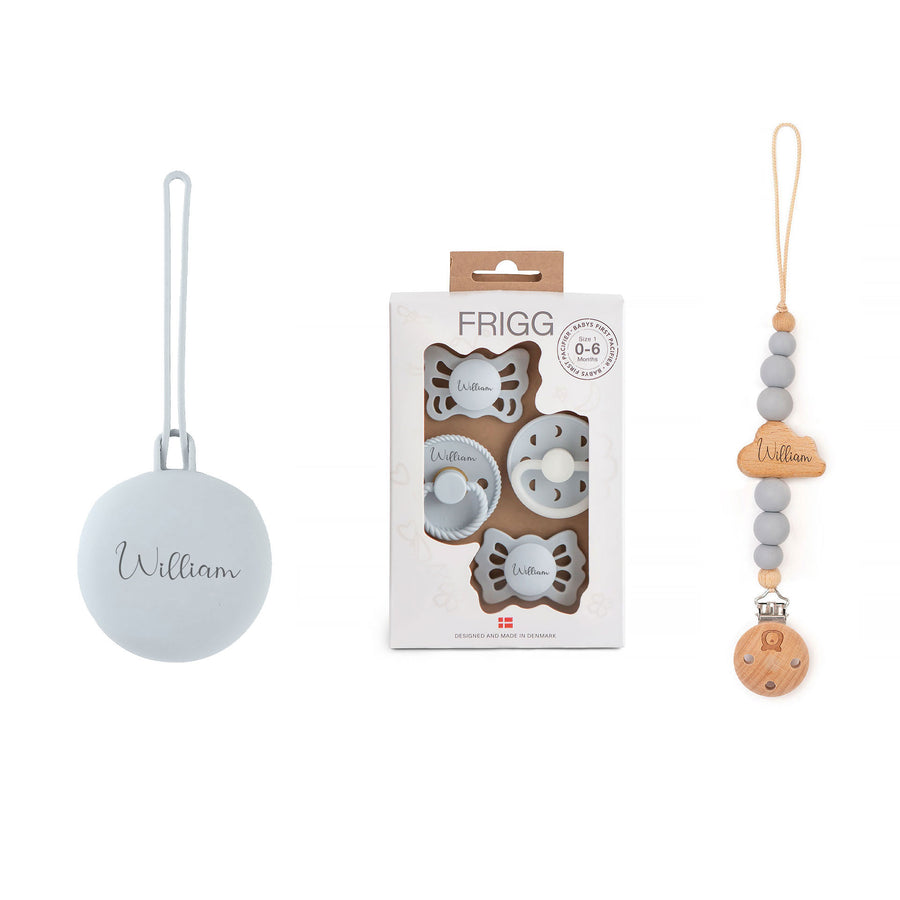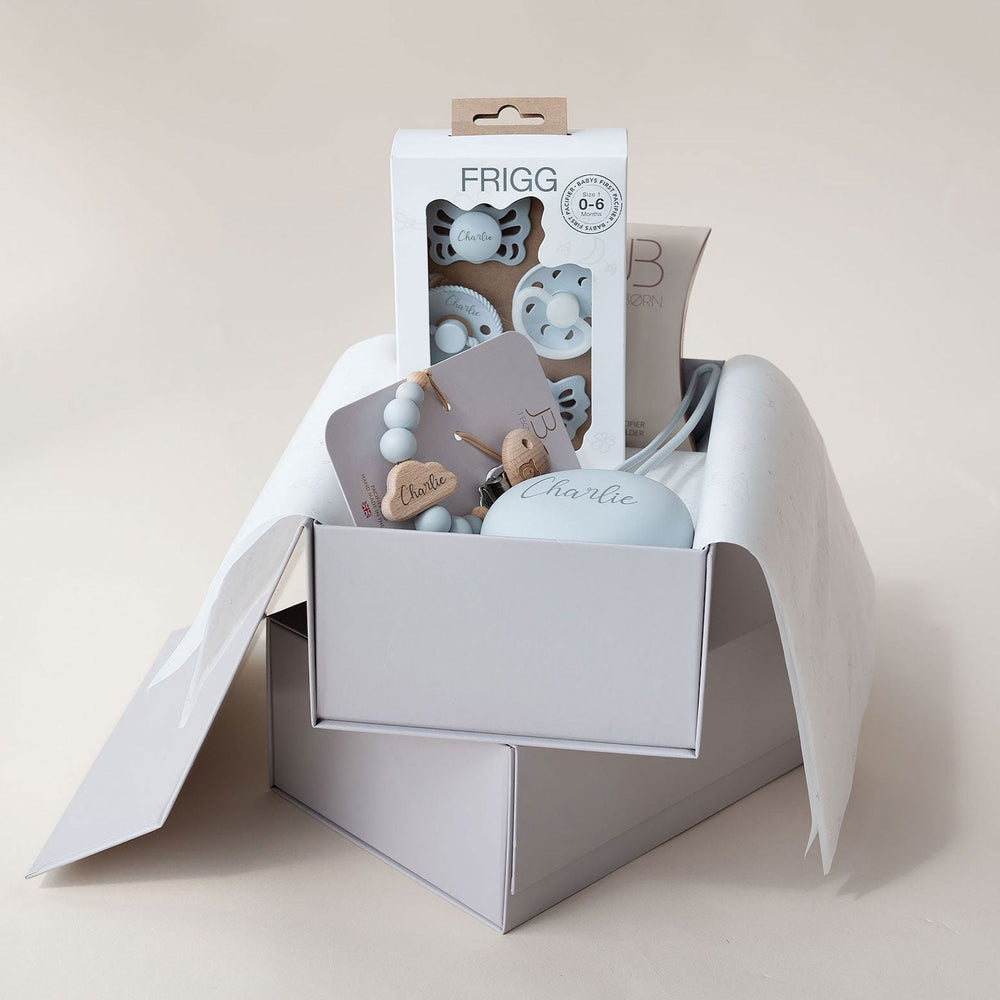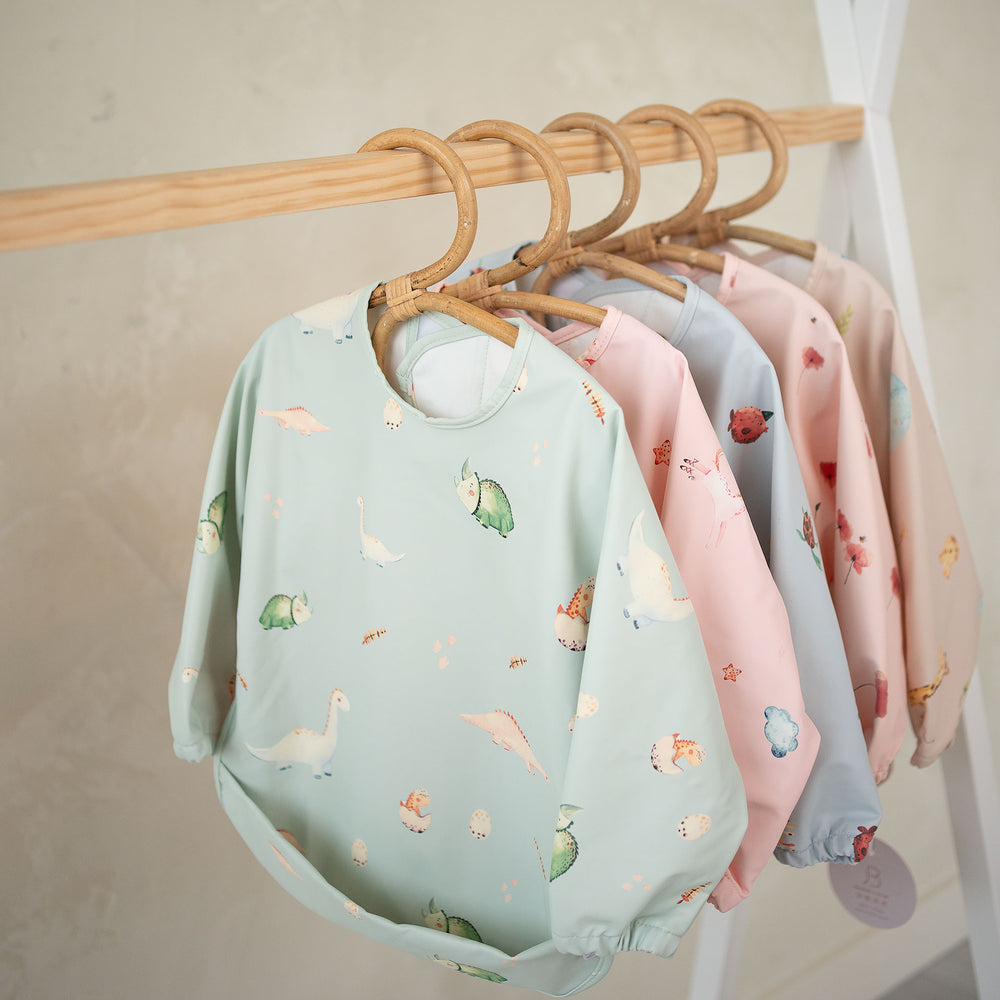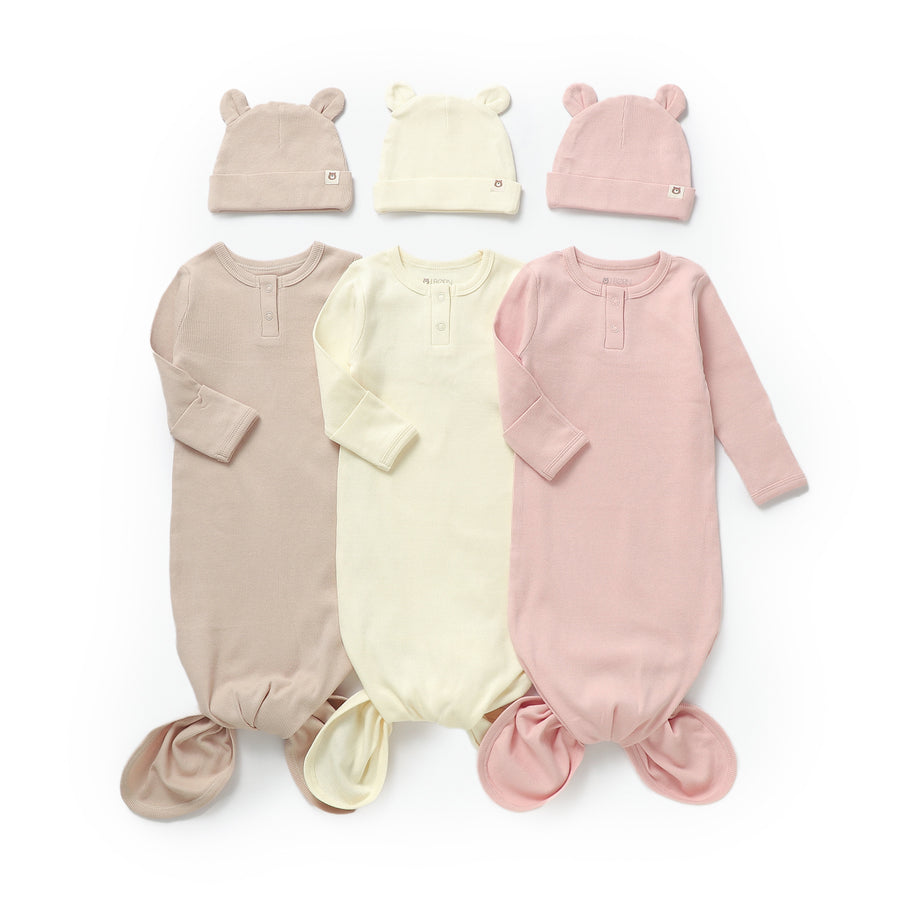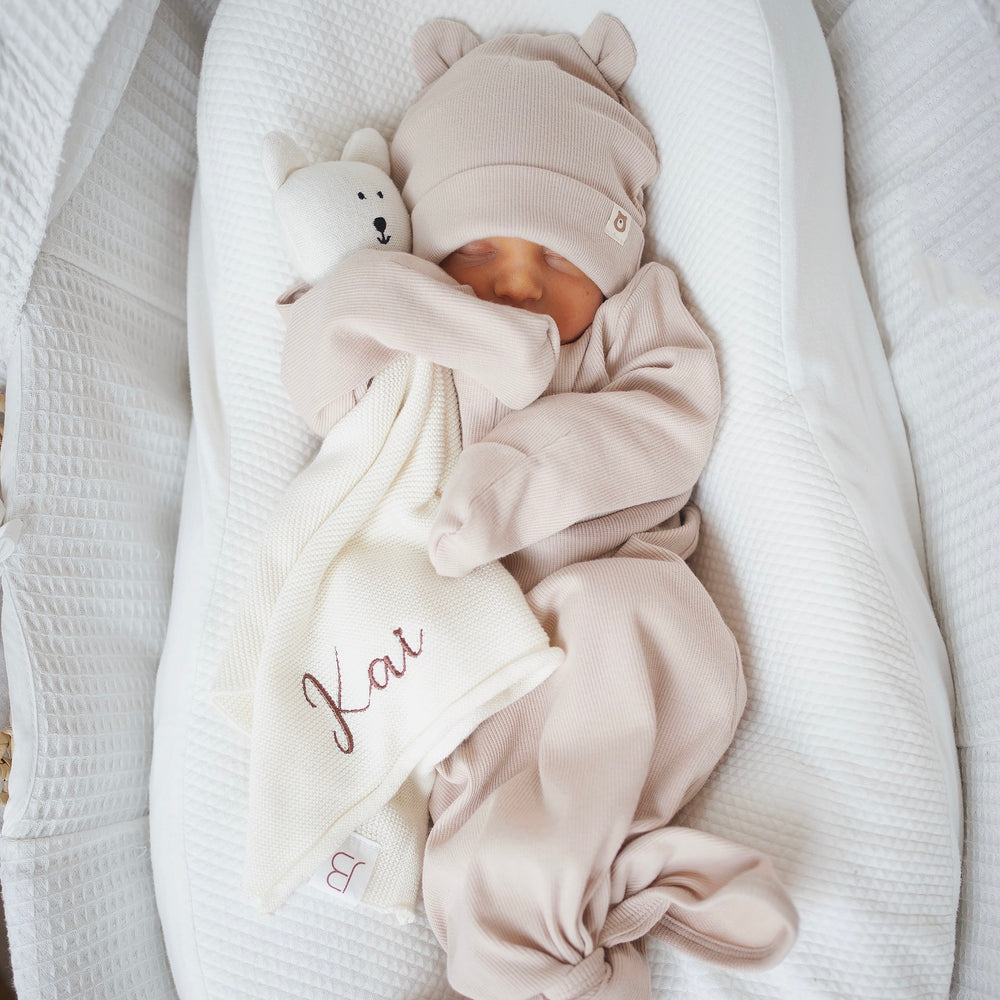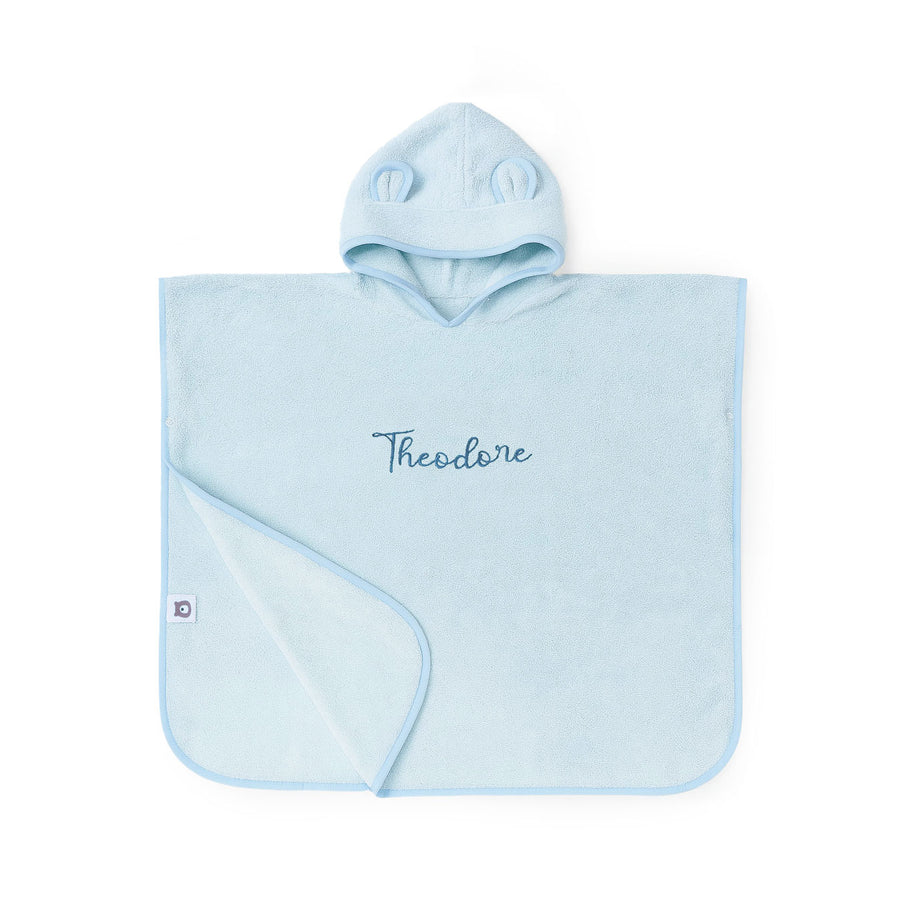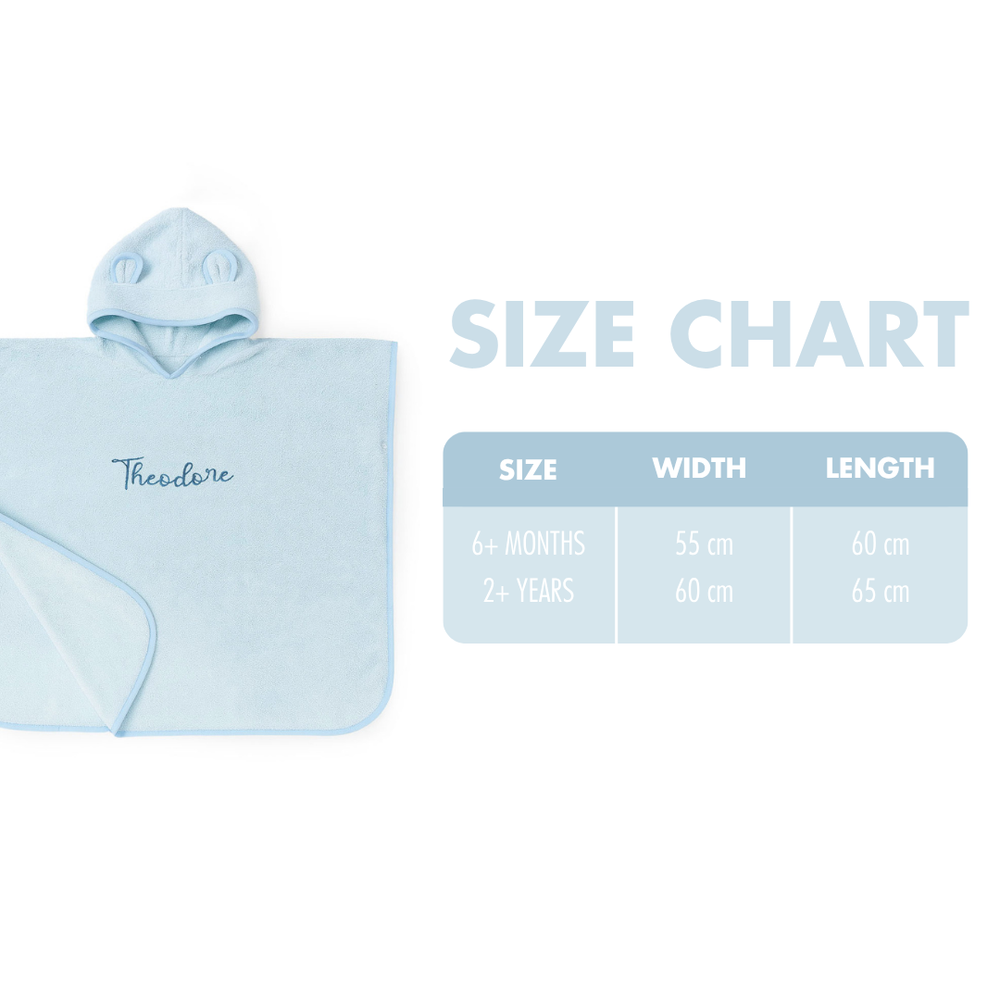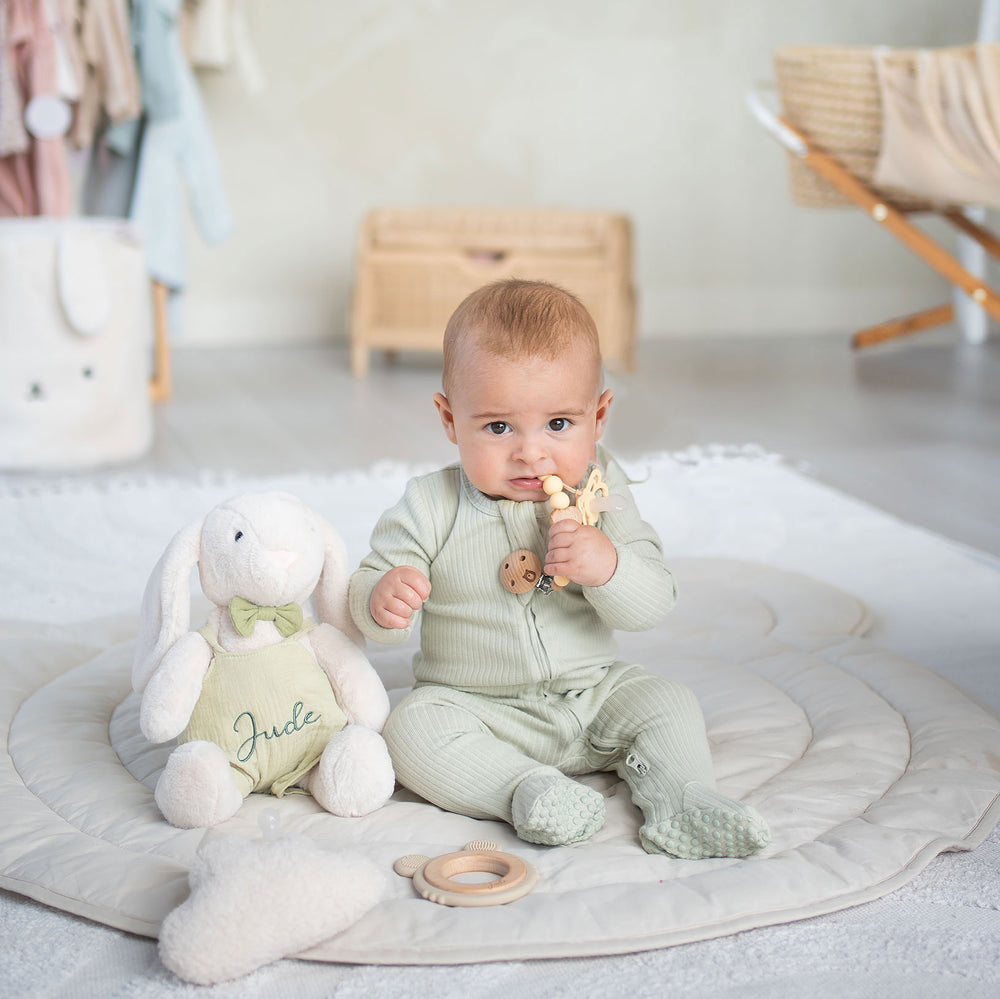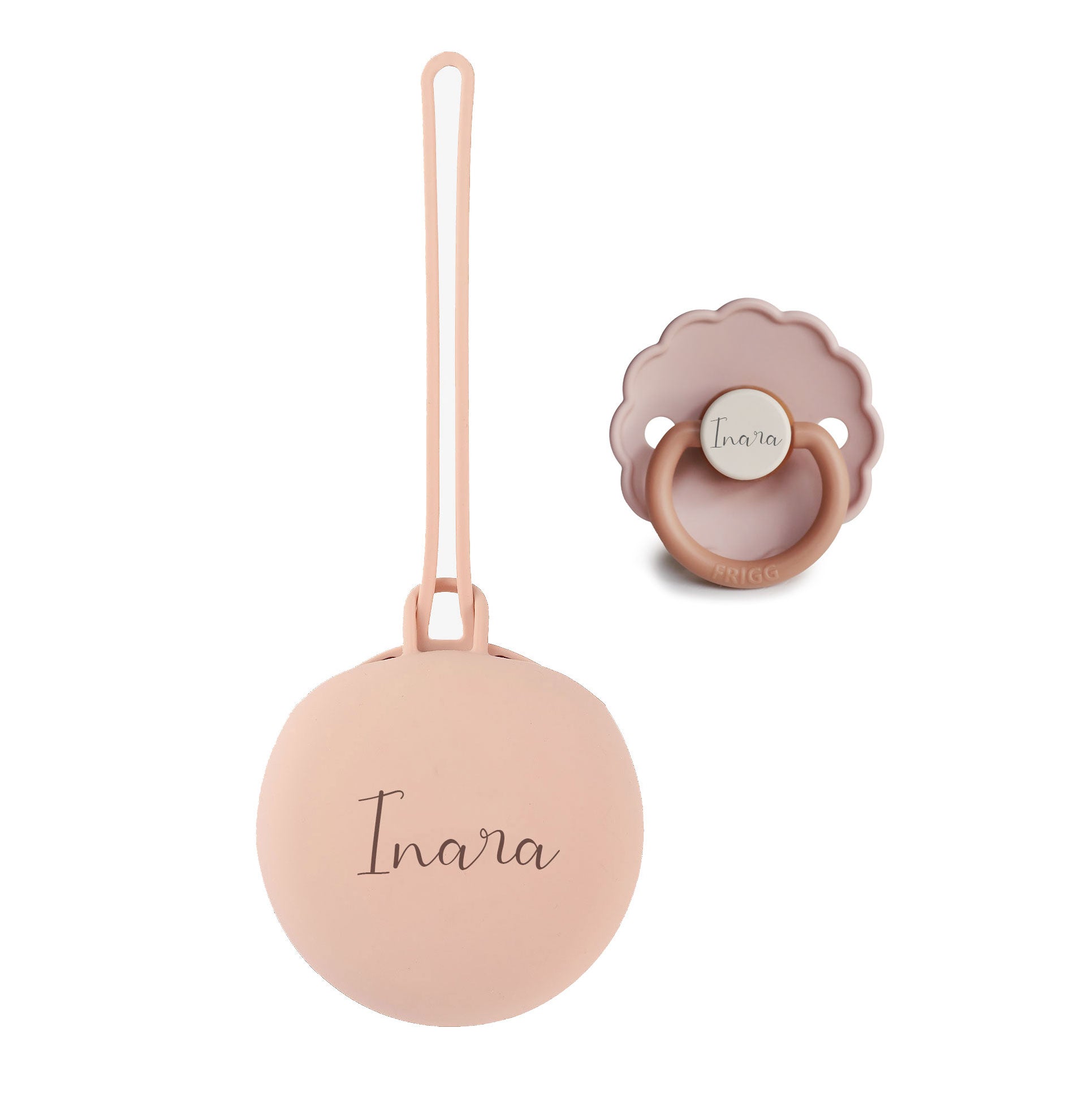Orthodontic Pacifiers: Do They Really Prevent Dental Issues?
The Pacifier Debate: Science vs. Marketing
Standing in the baby aisle, staring at seventeen different pacifier options, you've probably wondered: Does the shape actually matter, or is this just clever marketing? The orthodontic ones cost more, promise better outcomes, and come with impressively scientific-sounding descriptions. But do they genuinely protect your baby's dental development, or are we all falling for beautifully packaged promises?
What Makes a Pacifier "Orthodontic"?
Design Differences That Matter
Traditional round dummies —the ones your grandmother probably used —have a round, cherry-shaped teat. They look rather like, well, a cherry. Simple, familiar, and they've been around forever.
Orthodontic (aka anatomical) pacifiers feature a flat bottom and a rounded top. The teat is supposedly shaped to mimic the natural form of a mother's nipple during breastfeeding, with a flatter bottom that sits against the tongue and a rounded top that touches the palate.
The theory? This shape encourages proper tongue positioning and reduces pressure on developing teeth and jaw structures. Sounds brilliant.
But does the science actually back this up?
The Uncomfortable Truth About Pacifiers and Teeth
What Dental Professionals Actually Say
Here's something the packaging doesn't shout about: all pacifiers, regardless of shape, can affect dental development if used extensively beyond age two. That's the bit manufacturers tend to whisper rather quietly.
The British Society of Paediatric Dentistry is quite clear on this. Prolonged dummy, beyond two to three years, can contribute to:
-
Open bite (front teeth don't meet when the mouth closes)
-
Crossbite (misalignment of upper and lower teeth)
-
Overjet (upper teeth protruding significantly beyond lower teeth)
The keyword here is "prolonged." Short-term use during infancy? Generally fine. Letting your four-year-old carry one constantly? That's where problems develop.
Do Orthodontic Pacifiers Actually Help?
The Evidence-Based Answer
Right, let's address the elephant in the nursery. Do orthodontic pacifiers genuinely reduce dental issues compared to traditional ones?
The honest answer: The research is surprisingly mixed.
Some studies suggest orthodontic designs may be slightly better for oral development, particularly regarding tongue positioning and palate formation. The flatter shape theoretically exerts less pressure on developing teeth and encourages the tongue to rest in a more natural position.
However, and this is crucial, the difference between orthodontic and traditional dummies is far less significant than the difference between using any dummy extensively versus not using one at all.
Think of it this way: if traditional dummies score a 3 out of 10 for potential dental impact, orthodontic ones might score a 2. Better? Marginally. Revolutionary? Not really.
What Actually Matters More:
-
Duration of use (stopping by age 2-3 is ideal)
-
Frequency of use (occasional comfort vs. constant dependency)
-
Proper sizing (age-appropriate is crucial)
-
Hygiene (clean dummies prevent oral infections)
The Weaning Connection
Creating Healthy Oral Habits Early
Here's an interesting angle that doesn't get discussed enough: establishing positive oral experiences early sets the foundation for future dental health. When introducing your baby to new feeding experiences with your weaning set, you're also beginning the journey of oral independence.
Babies who transition smoothly from breast or bottle to solid foods often find it easier to give up their pacifier later. Why? Because they've developed alternative comfort mechanisms and oral satisfaction through eating. The mouth becomes associated with exploration and pleasure beyond just sucking.
This doesn't mean you can't use dummies during weaning; plenty of babies need both. But being mindful of gradually reducing pacifier dependence as eating skills develop helps prevent prolonged use.
Age-Appropriate Pacifier Use
When to Start, When to Stop
Let's break down sensible pacifier use by age:
0-6 Months: The Green Light
This is when dummies serve their best purpose. The sucking reflex is strongest, and pacifiers can genuinely soothe. They've even been associated with reduced SIDS risk when used during sleep. If you choose to use one, orthodontic or traditional, both are fine.
6-12 Months: Mindful Use
Start being more selective about when you offer the dummy. Use it for settling to sleep or genuine distress, but try to avoid constant use during play or exploration. Babies at this age benefit from oral exploration through safe toys and foods, not just sucking.
12-24 Months: Begin the Exit Strategy
This is when you should start planning your dummy phase-out. Limit use to sleep times only. Some families go cold turkey around 18 months; others do a gradual reduction. Both approaches work—choose what suits your child's temperament.
24+ Months: Time to Say Goodbye
By age two, most children should be dummy-free. The longer you wait beyond this, the harder it becomes and the greater the potential dental impact.
Choosing the Right Pacifier
Features That Actually Matter
If you've decided to use a pacifier, orthodontic or otherwise, here's what genuinely deserves your attention:
Proper Sizing
This is non-negotiable. Pacifiers come in age-specific sizes for good reasons. A newborn dummy is too small for a six-month-old, and a toddler dummy is too large for a newborn. Using the wrong size defeats any orthodontic benefits the design might offer.
One-Piece Construction
Look for dummies made from single pieces of silicone or latex. No detachable parts means no choking hazards. Simple as that.
BPA-Free Materials
This is the standard for most baby products now, but worth checking. Silicone tends to be more durable than latex, though some babies have preferences.
Shield Design
The shield should have ventilation holes and be large enough that the baby can't get it entirely in their mouth. This prevents choking and allows air circulation.
Easy to Clean
Dishwasher-safe or steriliser-compatible makes life infinitely easier. You'll be cleaning these constantly.
The Pacifier Myths You Can Ignore
Separating Fact from Fiction
Let's dispel some common worries:
Myth: Orthodontic pacifiers guarantee perfect teeth
Reality: No pacifier guarantees anything. Genetics, oral habits, and duration of use matter far more than design.
Myth: Dummies ruin breastfeeding
Reality: While nipple confusion can occur, many breastfed babies use dummies without issues. Waiting until breastfeeding is established (usually around 4 weeks) is a sensible precaution.
Myth: You must choose orthodontic
Reality: If your baby prefers traditional and you plan to stop by age two, that's absolutely fine.
Breaking the Dummy Habit
Exit Strategies That Work
When it's time to say goodbye to the pacifier, having a plan helps:
The Gradual Approach
Start by limiting to naps and bedtime only. Then just bedtime. Then introduce "dummy fairy" or a similar positive narrative. This takes weeks but feels gentler.
Cold Turkey Method
Pick a date, commit, and endure a few rough nights. Surprisingly, many children adapt faster than parents expect. Works well with determined toddlers.
Restriction Method
Some parents cut a tiny hole in the teat, making it less satisfying. The child naturally loses interest. Slightly controversial but reportedly effective.
Whatever method you choose, stay consistent. Mixed messages make it harder for everyone.
The Bigger Picture
Oral Health Beyond Dummies
Here's what genuinely matters for your child's dental future:
-
Regular dental check-ups
-
Healthy diet
-
Proper tooth brushing
-
Fluoride toothpaste
-
Positive associations
The Verdict
Should You Choose Orthodontics?
If orthodontic pacifiers give you peace of mind and fit your budget, go for it. They're not harmful, and they might offer marginal benefits. But don't lose sleep over whether you've chosen the "right" shape.
What actually matters: using any pacifier appropriately, weaning off by age two to three, and establishing good overall oral health habits.
The best pacifier is simply the one your baby accepts that meets UK safety standards. Everything else is details.
Your Action Plan
Focus your energy on these evidence-based priorities:
-
Choose a safe, age-appropriate pacifier (orthodontic or traditional)
-
Use it strategically, not constantly
-
Plan your exit strategy early
-
Establish positive eating and oral care habits
-
Schedule regular dental check-ups from age one
That's it. You don't need the most expensive, most scientifically engineered dummy on the market. You need common sense, consistency, and realistic expectations.
What's been your experience with pacifiers? Have you found one design works better than another, or is it all much of a muchness? View our Pacifier Collections


